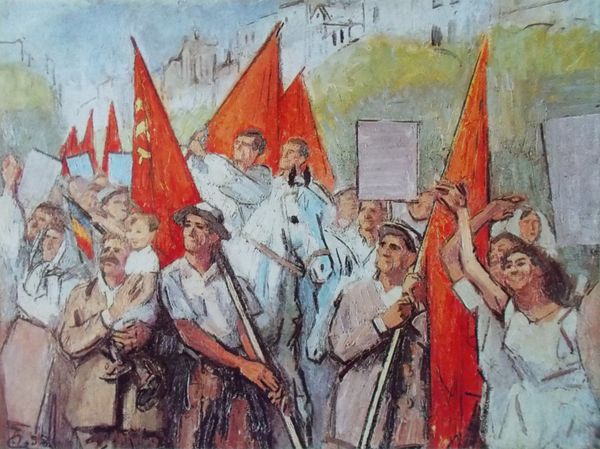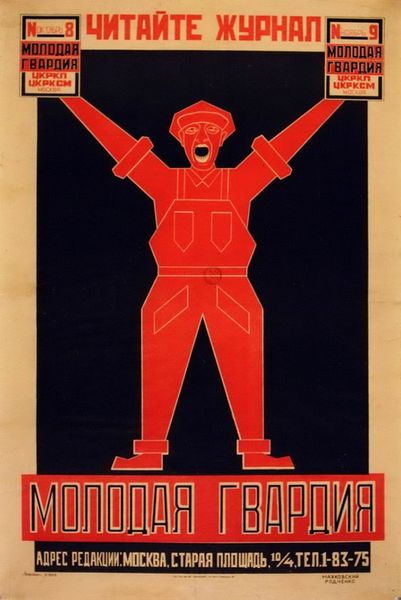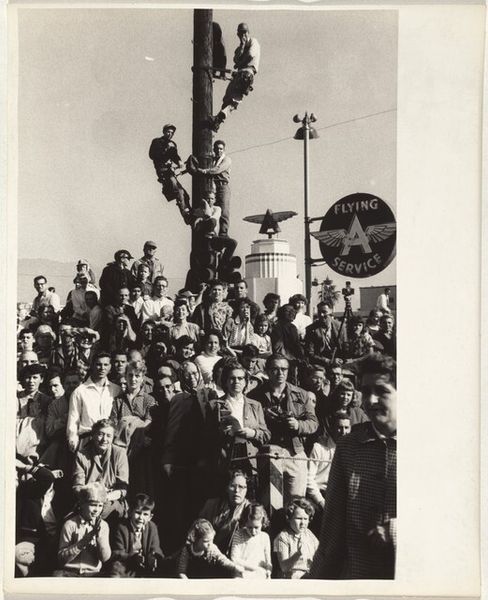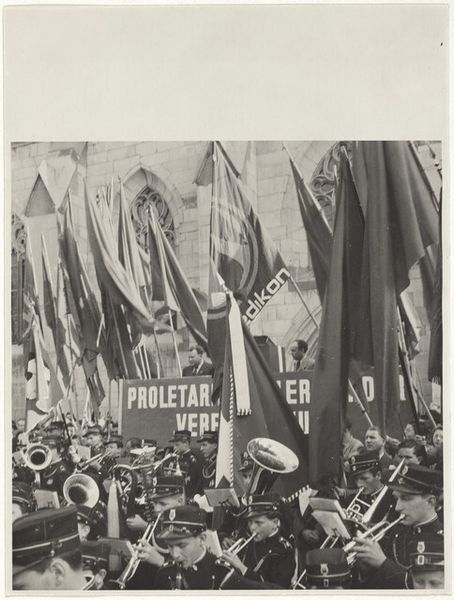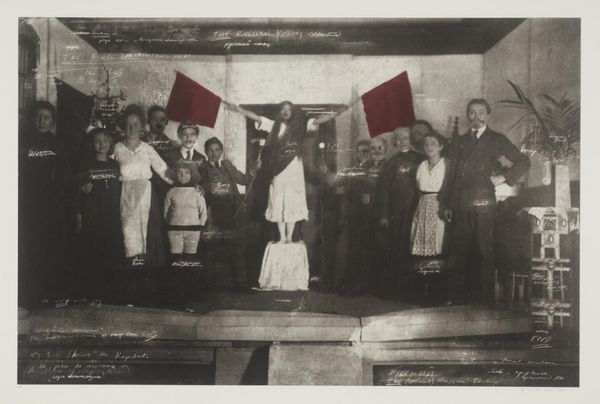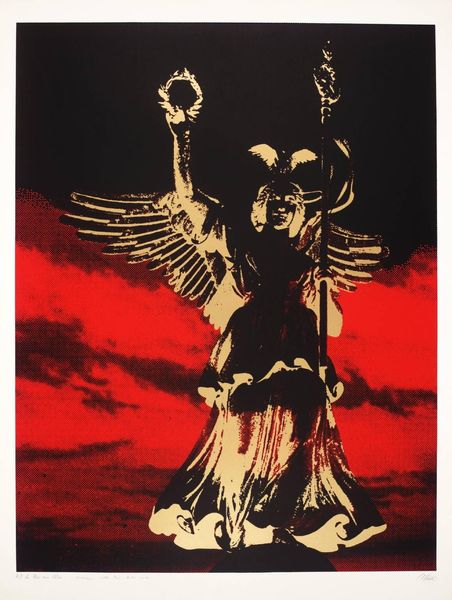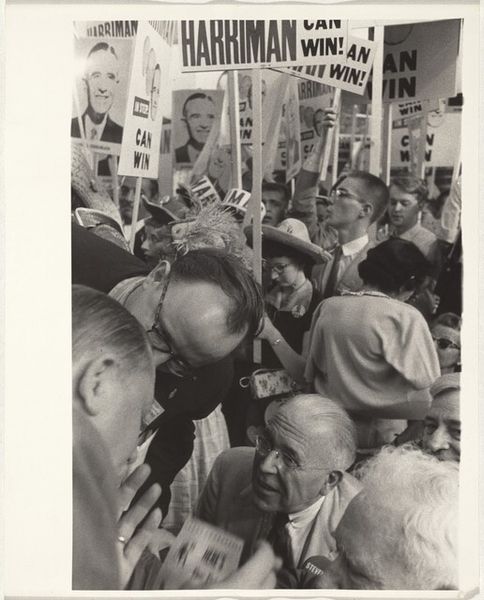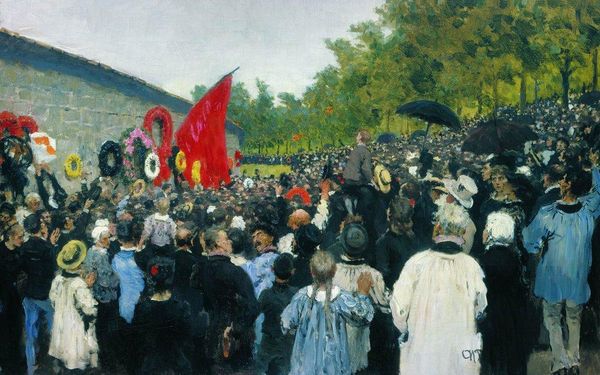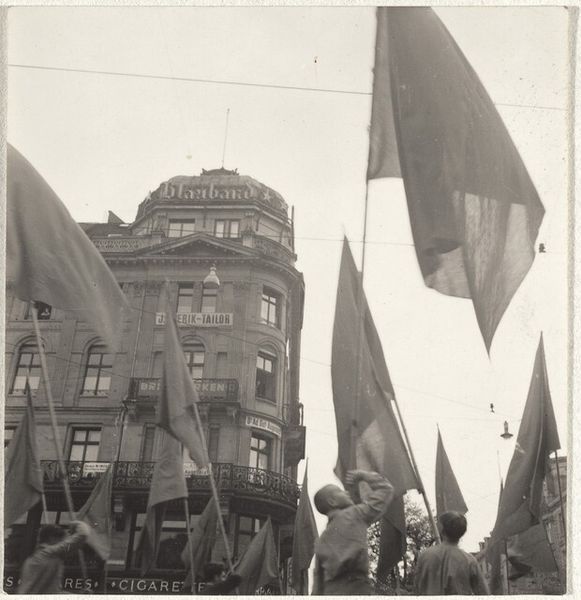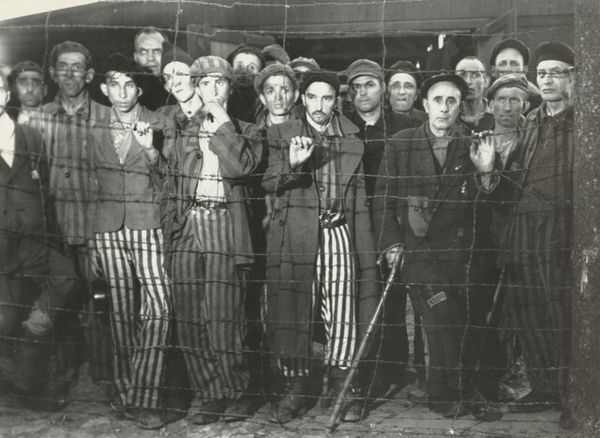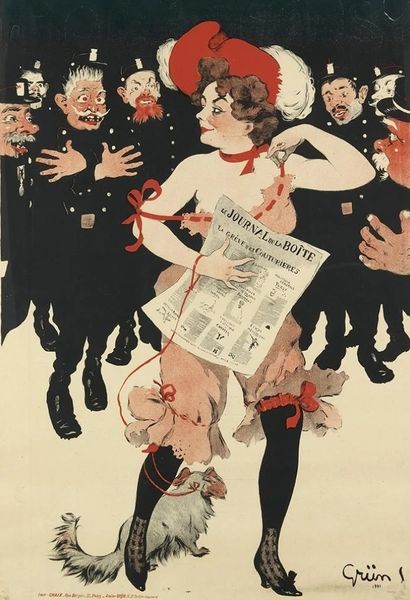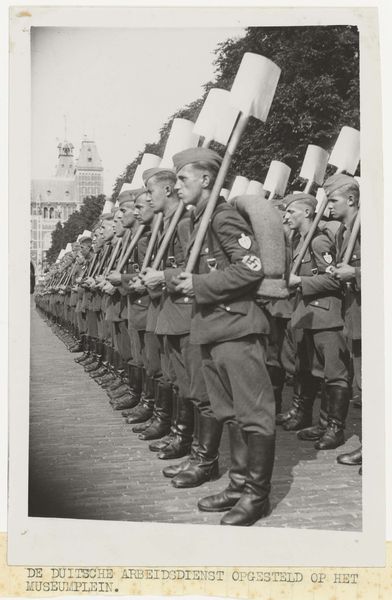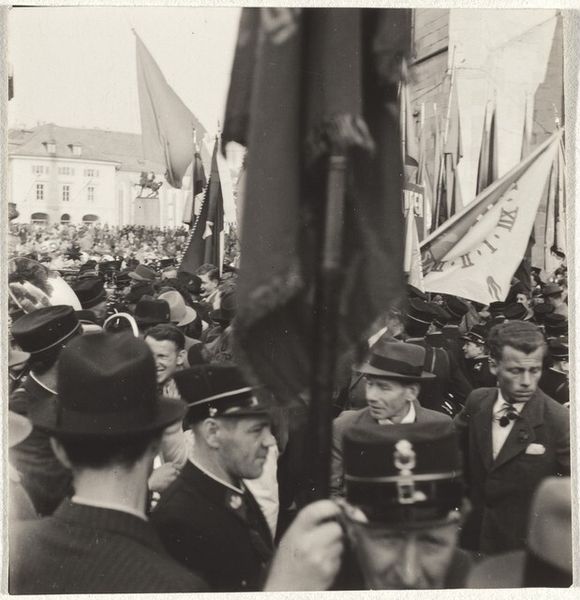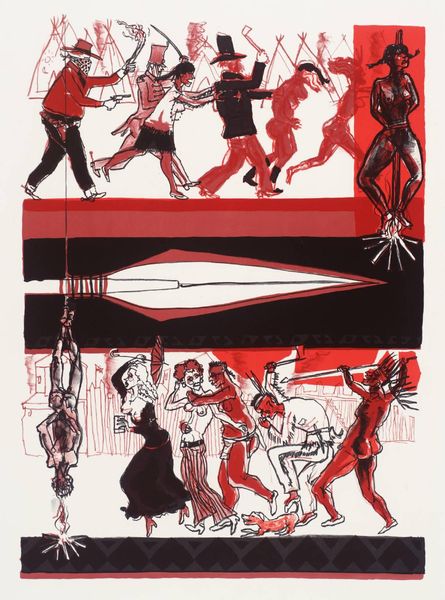
Copyright: Arsen Savadov,Fair Use
Editor: This is Arsen Savadov’s "Collective Red - part 2," a c-print from 1999. The juxtaposition of older people carrying communist-era flags and symbols with these young, scantily-clad performers in red is immediately striking. It feels...provocative, a bit shocking even. How do you interpret this work? Curator: It's definitely meant to provoke a response, pushing against established norms. To truly engage with "Collective Red," we must examine the socio-political landscape from which it emerged. Think about post-Soviet Ukraine in the late 90s. Savadov is using appropriation, taking the visual language of Soviet propaganda – the red flags, the portraits of Lenin and Marx – and subverting it. Who benefits and suffers from that kind of cultural and political reversal? Editor: I see what you mean. The red, usually a symbol of unity and strength, feels different here. It's almost ironic. But what about the performers? What role do they play in this commentary? Curator: The young, almost naked, bodies disrupt the idealized, disciplined image of Soviet citizenry. By placing them in the context of this symbolic demonstration, Savadov is queering this history. The ballet costumes feel both vulnerable and defiant. Consider the gaze, and how gender roles or power structures inform the reception of this image. Editor: That makes me consider who the image is actually *for.* It's not straightforward propaganda. The artist is actively interrogating these symbols and their meaning within a new cultural context. Curator: Exactly! It urges us to unpack the layers of history, power, and representation, revealing the complex realities of a society in transition. Do you see the ways that Savadov’s work participates in ongoing conversations about cultural identity and collective memory? Editor: Yes. It’s not just a snapshot; it's a complex commentary on the past and the present and the ongoing struggles within Ukraine as they redefine themselves. I hadn't considered all those layers. Curator: Understanding the cultural and historical context can fundamentally change how we view art.
Comments
No comments
Be the first to comment and join the conversation on the ultimate creative platform.
